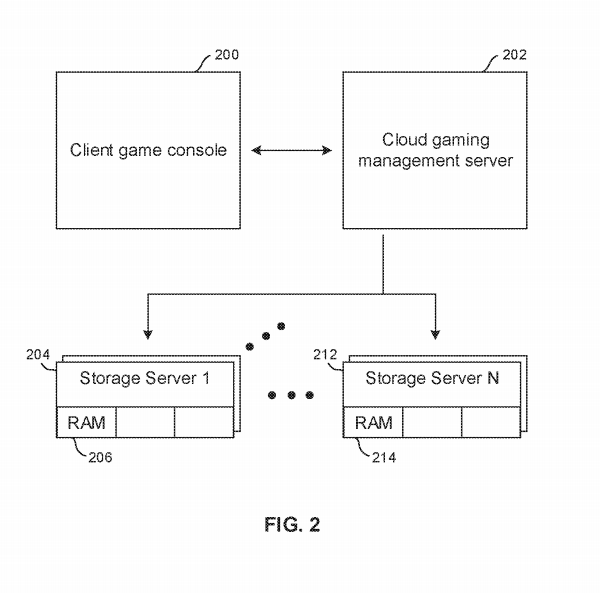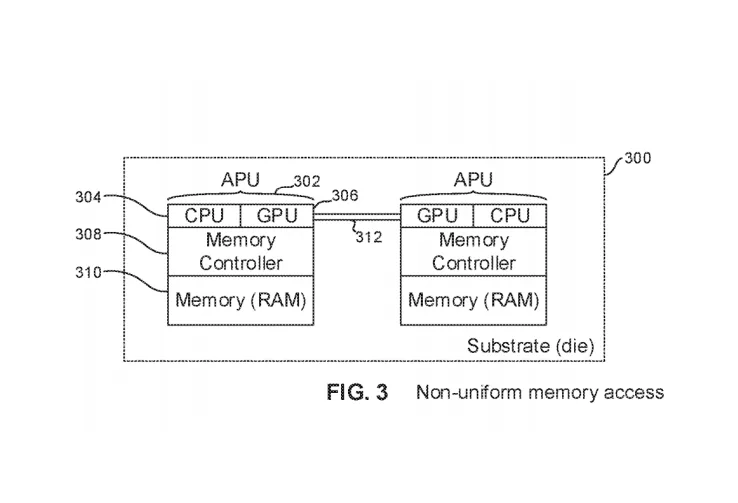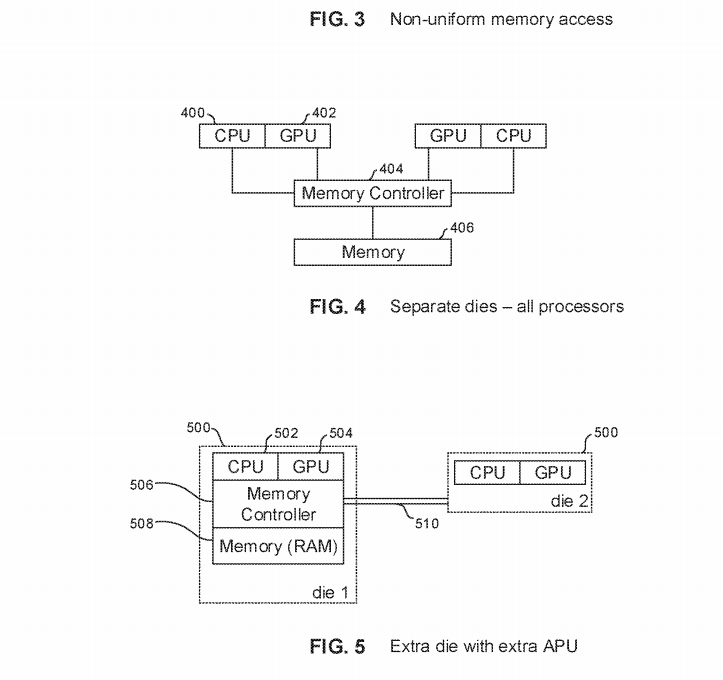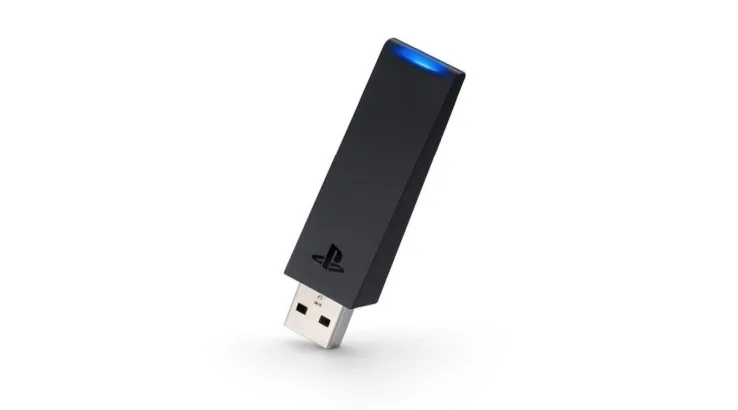Will there be a PS5 Pro?
What will the PS5 Pro be like? Sony patents point to a high-end update with two GPUs, more storage and cloud gaming. Or do they?
As we've seen with recent console generations, it's highly expected that we will see a mid-gen update to the PlayStation 5 console. If this follows similar naming conventions to what we've seen in the past, it will likely go by the name PS5 Pro. Indeed, there is already evidence afoot that a PS5 Pro is in development.
A number of different Sony patents that have emerged through 2020 puzzle together into a firm picture of where Sony is heading with a PS5 Pro. The most interesting evolution to the existing PS5 is the inclusion of a second GPU. So, two graphics cards. The benefits of this additional power are obvious, not just for an improved visual experience, but also for the expected PlayStation VR 2.0 headset.
(A patent for the latter has also been unearthed. The new headset looks like it will include haptic feedback and be a lot lighter.)
Please note that the bulk of this information is derived from patents registered by Sony. While these give a good indication of Sony's intentions looking towards the future, they're a long way from a reality. Much can change. And often, nothing eventuates from these patents. As such, take the below under advisement only and await official confirmation.
PlayStation Plus subscription

What will the PS5 Pro be like?
The latest PS5 Pro patent suggests the new console will be a "scalable game console" and confirms that the "second GPU [is] communicatively coupled to the first GPU". This latter point would suggest that the PS5 Pro will run much the same as the existing PS5, using a System On a Chip (SoC) infrastructure. That is, the CPU, GPU, RAM and I/O all combined into one chip.
However, the patent also describes the possibility of there being two SoCs within the system. It notes, "plural SoCs may be used to provide a 'high-end' version of the console".
The use of the word "may" here cannot be ignored. However, diagrams submitted with the patent show two chips linked together, with multiple methodologies under consideration. This includes both chips having a CPU and a GPU/APU, linked together through the RAM. While another suggests that both will be fully independent SoCs that then combine their power. The latter would suggest more RAM, too, creating a true beast of a machine.
Two other notable titbits revealed in the patent also inform us on what Sony is thinking. Firstly, that this "high-end version of the console has greater processing and storage capability". This not only points to a faster CPU but a larger internal hard drive. (Thank the stars!)
Then there is also this; that the PS5 Pro will be designed for "home console and cloud gaming" play.

Cloud gaming coming to PS5 Pro
It's the first mention we've seen from Sony that it sees cloud gaming as a potential part of the PlayStation future. Microsoft already has xCloud in the market, and our hands-on experience with the service has been very promising.
It's telling that this patent, including an xCloud alternative, has emerged shortly after Sony CEO Jim Ryan hinted that a Sony Game Pass is incoming. The reveal isn't surprising considering the success Microsoft has had with Game Pass Ultimate.
However, the mention of cloud gaming paints a whole different picture for what Sony is referring to with its dual-GPU concept for the PS5 Pro. Many have taken the patent to suggest two GPUs, or indeed SoCs, in the one console. However, it's possible the second SoC and GPU could be server-side. It could be describing a PS5 Pro intimately linked to the cloud.
This is in fact a more plausible possibility. Not only does it align with what we're seeing in terms of the general evolution of technology. But it would also be a far more cost-effective way – to both the consumer and Sony – of providing a mid-generation hardware boost. Plus, it would lend itself well to a revamped PlayStation Now (read: Sony Game Pass) subscription service.
Indeed, the PS5 Pro may not be a hardware iteration; it could be a service.

When will the PS5 Pro come out?
For the moment, let's look at the PS5 Pro as hardware. Looking at previous generations as a guide, the earliest we can anticipate a PS5 Pro would be November 2023. The PS4 Pro came out almost exactly three years after the PS4, for example.
However, the COVID-19 pandemic's impact may see that date pushed back. Heading into 2021, crippling stock shortages on the PS5 mean that the console has yet to be fully unleashed. Many territories are being told they may not get the console until well into 2021, which could shift all the plans backwards.
On top of that, if this patent is to be believed, the PS5 Pro will be jammed with a lot of extra power. In order to make that affordable, there will need to be a considerable gap before the components can come down in cost. With the aforementioned coronavirus delay, a 2024 release date is therefore a possibility.
How much will the PS5 Pro cost?
Of course, at this stage we can only speculate, but historically, the PS5 Pro launches at the same price as its predecessor. That would be around the US$500 mark, or roughly AUD$750. We would expect this price even if the PS5 Pro ends up being digital only.
This is a possibility given the mention of cloud gaming as a main use case for the system. But since the original PS5 will remain in the market, the PS5 Pro cannot undercut it. Plus, it sounds like the PS5 Pro will feature a significant – and costly – hardware upgrade. Assuming it opts for two SoCs on the one console.

Is the PS5 Pro really the PlayStation Now Stick?
Sifting through the Sony PlayStation patents, another possibility does reveal itself. There is also evidence that Sony is looking at a micro-console, colloquially referred to as a "stick", that is limited in its hardware power. This version of the PS5 would be specifically designed to leverage cloud gaming, with reduced local power (read: SoC) streaming games directly from a much more powerful cloud-based server.
Previous patents have talked to the DualSense controller not only being able to connect to a PlayStation Now stick, but also to a Sony BRAVIA TV. This would make sense. The PlayStation 5 and its potential cloud-based Game Pass/Now subscription service would receive a massive boost if it could be accessed directly from an app on Sony BRAVIA TVs or via a relatively cheap PlayStation Now stick.
More guides on Finder Shopping
-
Best car phone holders in Australia
These are the 7 best phone holders you can buy right now in Australia.
-
Best carpet cleaners in Australia 2024
From the best cleaner for cars to the top option for stains, these are the 10 best carpet cleaners available online.
-
Best screen protectors in Australia
These are the 11 best screen protectors available right now in Australia.
-
The best period products in Australia
Check out the 14 best period products you can buy in Australia, including tampons, pads and menstrual cups.
-
Best office chairs in Australia
We’ve rounded up the 11 best office chairs online to help make your purchasing decision easier.
-
Best thermometers in Australia 2024
These are the 10 best thermometers you can buy right now in Australia.
-
Australia Post prices are going up again (yes, really)
Your Christmas shopping just got a little more expensive.
-
Top retailers offering Price Match Guarantees you need to start using
Save $$ on everything from flights and hotels to appliances and homewares.
-
Sites like eBay: Find websites similar to ebay.com.au
For rare, boutique and personalised items, why not try these alternative sites like eBay? There's Amazon, Etsy, Zazzle, Viagogo and more.
-
Free shipping to Australia for online shopping
Check out our guide to free shipping offers and find out how you can save money.

